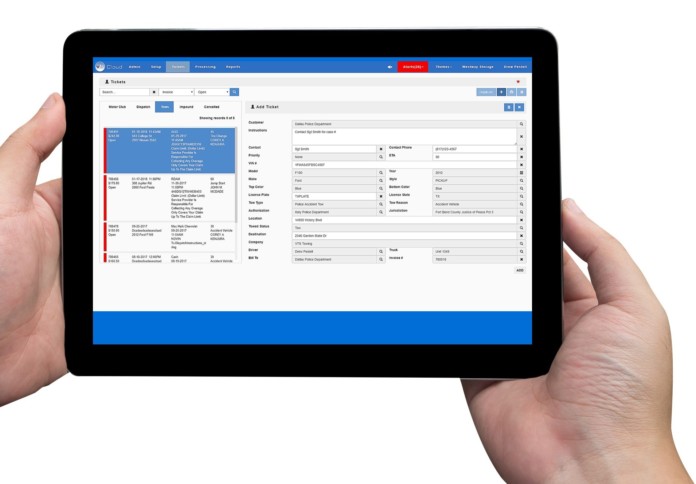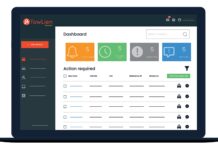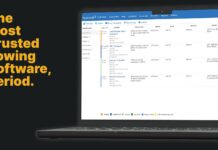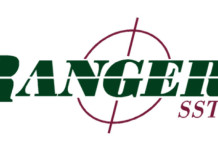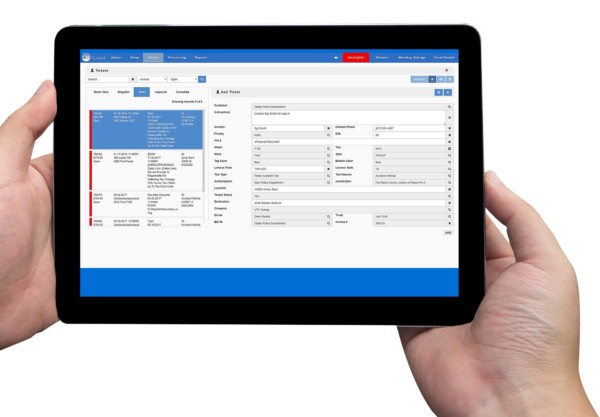 Depending on where in North America you live and operate your towing and vehicle storage business, spring has either arrived or is just around the corner. Spring is generally a happy time, where nature begins its renewal cycle, encouraged by nature’s all-consuming driving force. Many of you will be thinking of ways in which to improve the efficiency of your business and its competitive advantage.
Depending on where in North America you live and operate your towing and vehicle storage business, spring has either arrived or is just around the corner. Spring is generally a happy time, where nature begins its renewal cycle, encouraged by nature’s all-consuming driving force. Many of you will be thinking of ways in which to improve the efficiency of your business and its competitive advantage.
Creative Destruction
In your grandfather’s day, knowledgeable people would have told you that the only two things in life that are certain are death and taxes. In the last 75 years, other certainties that have entered the equation; technology has and continues to rapidly change the way we do things. It’s known as “creative destruction.” Today, the only things in life that are certain are death, taxes, and CHANGE!
Simply put, “creative destruction” is the time a new and practical idea replaces the previously embedded process. More than 100 years ago, Sears Roebuck created a print catalog pictorially displaying goods and services. Almost every household in rural North America purchased items from the Sears Roebuck catalog, yet although Sears made the move to brick-and-mortar stores as consumer demographics changed, they did not anticipate nor adapt to the changing world of commerce or the Internet. (Destruction!) Compare the story of Sears, with that of Amazon, they both fulfill basically the same function with the one major exception: Amazon, the newcomer, took advantage of and pioneered changing technology that would influence consumer buying and producing its virtual catalog as a website in the CLOUD. (Creation!). Is your company destined to be Amazon or Sears Roebuck? Are you and your management team looking to future trends and or changes that may seriously affect your ability to generate cash flow and remain profitable?
The simple way to improve the efficiency of any business process is to break them down into basic functions and create your own improved standard operating procedures (SOP). It’s never too late to review how your company performs any given task, even though the need and methodology in completing the task have been the same for decades. Moreover, if you have not yet taken a leap of faith into the world of management software, regardless of your company size, it’s time to revisit this opportunity.
Although, often looked upon as one industry, towing and vehicle storage are two separate businesses, and those states/provinces which license and regulate both, each have separate statutes and administrative rules. VTS Systems is a niche market, Texas-based software company which for more than 20 years has provided state/province compliant software to simplify and effectively manage both vehicle towing and vehicle impoundment and storage requirements.
SOP Tasks
The towing of a vehicle is a pretty simple process and easily defined by SOP tasks:
- Request/Call for service
- Define, consent, or non-consent tow
- Select a qualified operator and capacity/capability of recovery vehicle
- Dispatch recovery tow vehicle to the incident location
- Load incident vehicle and transport to a known destination
- Create a tow ticket/worksheet, receive payment or billable invoice
Break down each of the above SOP’s and analyze not only the task, but more importantly, how you can perform the task better, including a public relation [PR] perspective, so you can obtain all relevant information more efficiently, and for less cost. Once established and refined, SOP guidelines will improve not only your service to the customer, but a defined structure will help protect your company from potential litigation, so PR is important. If you are operating even the most rudimentary automated software, the basic flow of the software will obtain the needed information. However, if your company is using a pen and paper, we suggest that you create a Q&A list as part of your call answering SOP.
Focus on Standards Over Shiny New
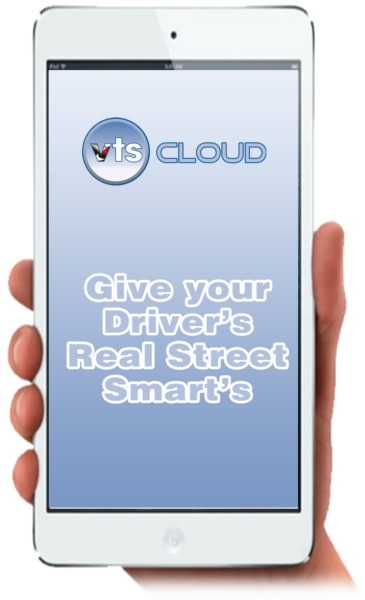 Perception is not always a shiny reality. A shiny new company tow truck may project an image of success. However, long-term business and financial success does not begin, nor end with shiny new trucks, as they often carry a financial burden. Focus on setting standards. it does not have to be new, older tow trucks if clean, and well maintained, often project a trusted conservative image. If operating multiple trucks, set a goal of having them all the same color, plus a company branding/logo and a door wrap will increase public awareness. This, along with polite operators wearing clean uniforms, present an image of professionalism and efficiency.
Perception is not always a shiny reality. A shiny new company tow truck may project an image of success. However, long-term business and financial success does not begin, nor end with shiny new trucks, as they often carry a financial burden. Focus on setting standards. it does not have to be new, older tow trucks if clean, and well maintained, often project a trusted conservative image. If operating multiple trucks, set a goal of having them all the same color, plus a company branding/logo and a door wrap will increase public awareness. This, along with polite operators wearing clean uniforms, present an image of professionalism and efficiency.
Creating and coding software to automate the above towing process is a time-consuming task; it must take into consideration state/provincial statute, tax code, administrative rules set by the regulator, the county, and often local law enforcement [LEA]. However, from an industry knowledge and software coding perspective, the development of Vehicle Storage Facility [VSF] management software is far more complex than supporting a tow only function.
VSF Function Requirements
In addition to the towing SOP functions noted above, the VSF function require the following:
- Vehicle Impoundment – In some states/provinces this is a no-charge item, but included as part of the daily storage charge, while in others, it’s defined as a separate chargeable process and may be taxable.
- Obtaining Vehicle Ownership/Lienholder Records – The manual process of obtaining ownership/lienholder information from the state of record is both costly and time consuming. However, real-time, online electronic access to Motor Vehicle Records [MVR] is available from 36 states. Retrieval of MVR information from a state database requires a licensed VSF operator and compliance with the federal Driver’s Privacy Protection Act [DPPA]. In Canada, no MVR information is available either electronically or in real time to towing companies or VSF’s without going through an attorney or a paralegal agency.
- Timely Processing of Lienholder/Notification Letters – Almost every state/province has different requirements for lienholder/notification letters, in some only one letter sent via certified mail, or electronic certified mail, return receipt requested before the impounded/abandoned vehicle may legally be sold at a public auction or public sale. However, most states/provinces require two lienholder/notification letters mailed to all registered owners and all lienholders of record within the time stipulated by the state or provincial regulator.
- LEA Notification of Impoundment and Abandonment -Depending on state/provincial statutes, and administrative rules, the VSF maybe required to notify LEA of non-consent private-property tows within two hours of impoundment or at a time stipulated. In addition, some state/provinces require the VSF to send law enforcement a notice of vehicle abandonment, if the vehicle remains unclaimed for x-number of days following impoundment or the sending of the first lienholder/notification letter, whichever is applicable. Where applicable, state/provincial LEA may take possession or virtual possession of the abandoned vehicle, assume the responsibility of sending a second and final lienholder/notification letter, [if applicable] and processes the vehicle through to public auction.
- Public Auctions/Public Sale -Individual state/provincial guidelines stipulate the minimum number of days required between the mailing of the second and final lienholder/notification letter [if applicable] before the abandoned vehicle is eligible for sale to recover outstanding towing and vehicle storage debt.
Management Software Needs
All management software should have inherent flexibility to accommodate state/provincial statute and administrative rules, and provide auto-fill and completion of government, or processed documentation, in addition to simplicity of operation and security.
- Security – Controlled access to the software by multiple levels of security, including, limits associated with each employee job function, company code, employee username, and a secure individual employee password will give access to authorized personnel operating from multiple workstations or remote input devices. Changes in authorized access should be in writing between the company’s authorized person [owner/CEO, etc.] and the software company.
- Full Support– Including telephone and Internet interaction, along with individual one-on-one training and problem solving. The purpose of software is to automate data entry, thereby simplifying the daily operating process, and with correct training, eliminate upwards of 99% processing errors. If your software does not begin providing time-reducing assistance the moment the phone rings and fully automates every step, including: automated MVR retrieval and data placement, automated creation, and mailing of electronic certified mail lienholder/notification letters, automated flow and control of job or invoiced monies, and accounts receivable, the release process through to and including a public auction or public sale, and the completion of all required forms, letters, and documentation, then it’s time to look again and what is available.
VTS Systems provides the industry, and more importantly, its clients with professional business support, and time earned knowledge. We offer both PC and web-based [CLOUD] solutions, our time-honored PC offering is particularly effective in areas without adequate high-speed, full-time Internet connections or for those who simply want their data in-house. Whereas, our CLOUD-based offering provides MOBILITY, FLEXIBILITY, SIMPLICITY, and SECURITY anywhere there is Internet or digital cell phone service. If you would like to discuss how technology will continue to CHANGE our industry, and your business, call 877.374.7225 Ext 3.
Nobody Does Storage Lot Management like We Do–Period!

